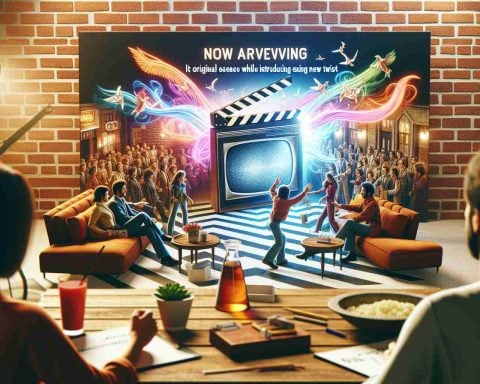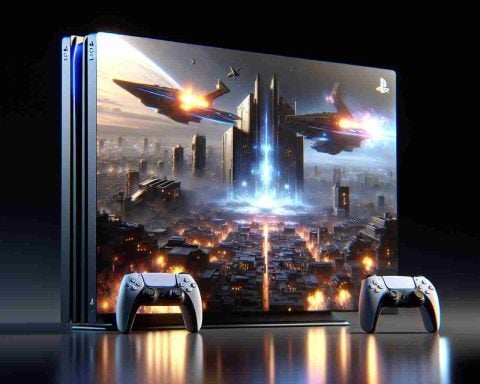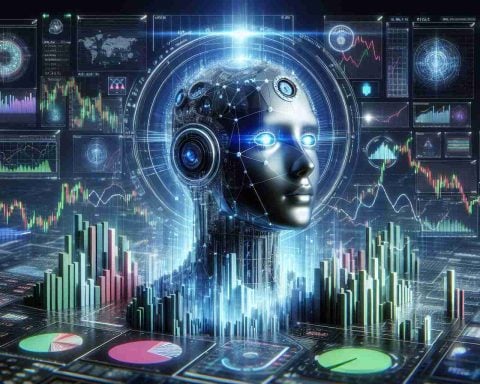Netflix’s controversial choice to utilize AI art tools for its acclaimed series “Arcane” has sparked outrage among fans of the show. The backlash centers around an image that showcased characters Jinx and Vi, which was improperly adjusted for television formats. Observant fans noticed noticeable flaws, such as a bizarrely blurred pinky finger on Jinx and an oddly shaped arm, raising concerns about the integrity of the artwork.
Riot Games Music’s brand lead swiftly responded to the discontent. He expressed his disapproval of the decision, emphasizing the importance of honoring the talented artists behind the original designs. The altered image, initially featured on the loading screen of the “League of Legends” spinoff, was swiftly retracted following the negative feedback.
Moreover, this incident coincides with wider discussions about the use of AI in creative fields. Riot Games recently advertised a role that involves generative AI research, prompting speculation about the company’s direction. The brand lead reiterated his personal stance against AI in art, acknowledging the irreplaceable human element that traditional artists bring to their work.
This situation has ignited a significant dialogue about the future of artistry in gaming and television. Fans remain vigilant, hoping for a return to the high standards of artistic integrity that made “Arcane” such a visual marvel. As the gaming community grapples with these changes, the impact on creativity remains a hot topic of conversation.
Creative Integrity in the Age of AI: Tips, Hacks, and Insights
The recent uproar over Netflix’s use of AI-generated art for “Arcane” highlights a crucial intersection between technology and creativity. As discussions expand, it’s essential to equip ourselves with tools and knowledge that emphasize the value of human artistry, while also understanding how to navigate the evolving landscape of creative industries. Here are some tips, life hacks, and interesting facts that can help artists and fans alike engage with art—both traditional and AI-generated.
1. Embrace Your Artistic Process
Regardless of technological advancements, the creative process remains vital. Spend time exploring different mediums and techniques to develop your own unique style. Whether it’s painting, digital art, or crafting, immersing yourself in your art can lead to more authentic creations.
2. Collaborate with Others
Engaging with fellow artists can expand your horizons. Consider joining local art groups or online communities to share insights and feedback. Collaborative projects often lead to innovative ideas that benefit from diverse perspectives.
3. Critically Assess AI Tools
If you’re interested in integrating AI into your workflow, be discerning with the tools you choose. Many platforms offer generative AI capabilities. Use them as supplements rather than replacements for your artistic expression. This way, you can maintain a personal touch while experimenting with new technologies.
4. Stay Informed about Industry Trends
Being aware of changes in the creative industry can help you understand the broader context of these discussions. Subscribe to newsletters or follow reputable blogs about art and technology to stay up-to-date on how these sectors are evolving.
5. Advocate for Artistic Integrity
As an artist or fan, your voice matters. Join discussions on platforms like social media where you can express your views on the importance of preserving artistic integrity. Supporting original artwork and showing appreciation for the artists behind your favorite shows and games can collectively pressure companies to reconsider their approaches.
Did You Know?
The utilization of AI in the creative sector has skyrocketed, with over 50% of artists expressing concern about its impact on job security. It’s crucial to engage in conversations surrounding this topic to ensure a balanced future for both AI and human-generated art.
6. Find Inspiration from Past Artists
Don’t forget to study the greats! Looking back at classic artists can inspire new ideas and remind you of the rich history of art. Consider drawing from different eras, styles, and cultures to enrich your work.
7. Practice Mindfulness in Creation
Take moments to reflect on why you create art in the first place. Practicing mindfulness can help you reconnect with your passion. Document your feelings and thoughts as you create, fostering a deeper connection to your artwork.
As these conversations continue, it’s imperative to nurture the human aspects of creativity that technology cannot replace. By incorporating these tips and staying engaged, you can safely navigate the synergy between AI and traditional artistry.
For more insights into the art world, check out the main domain for resources that inspire and educate: ARTnews.



















